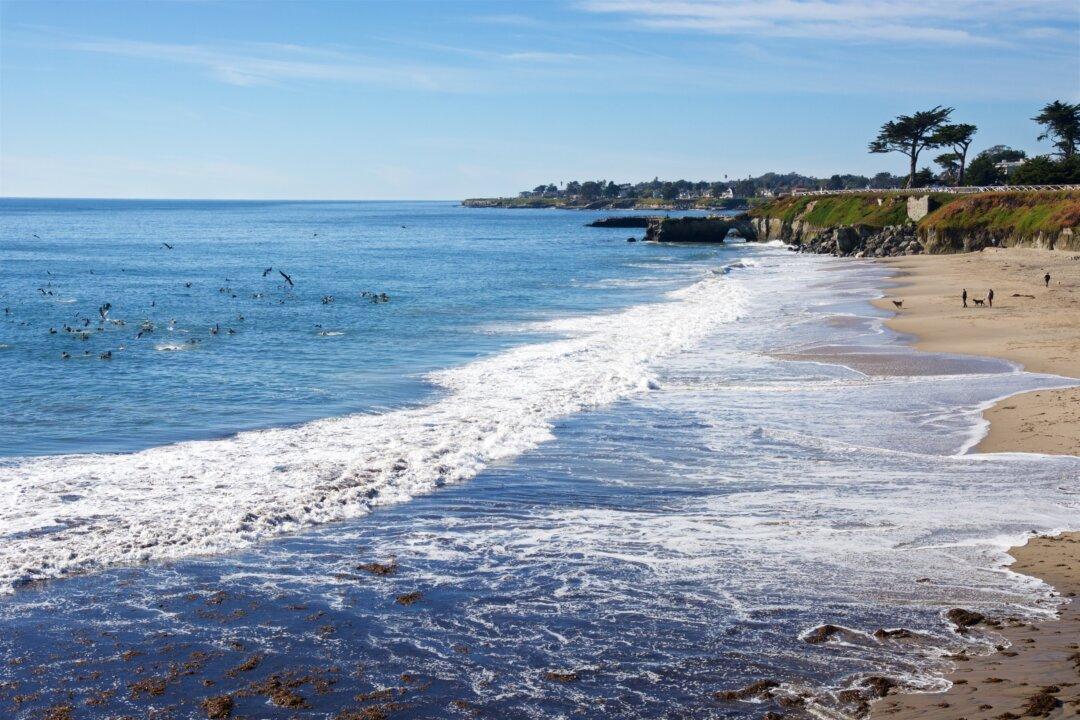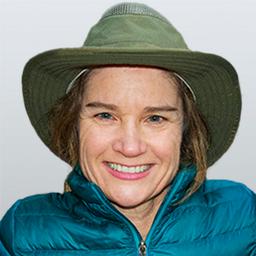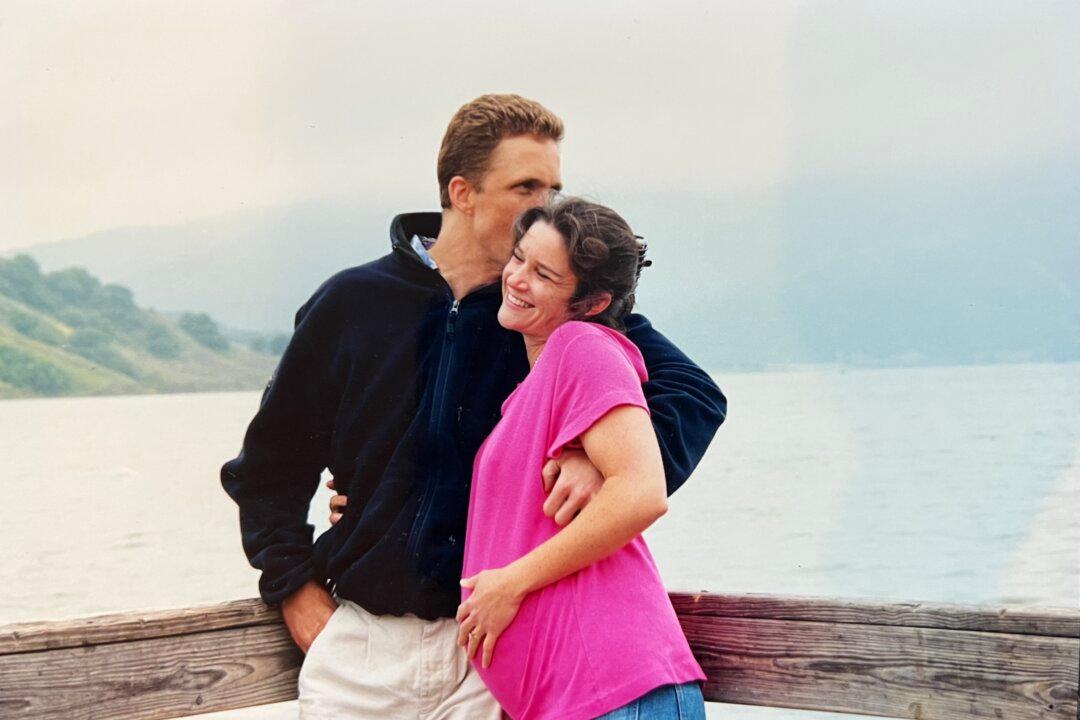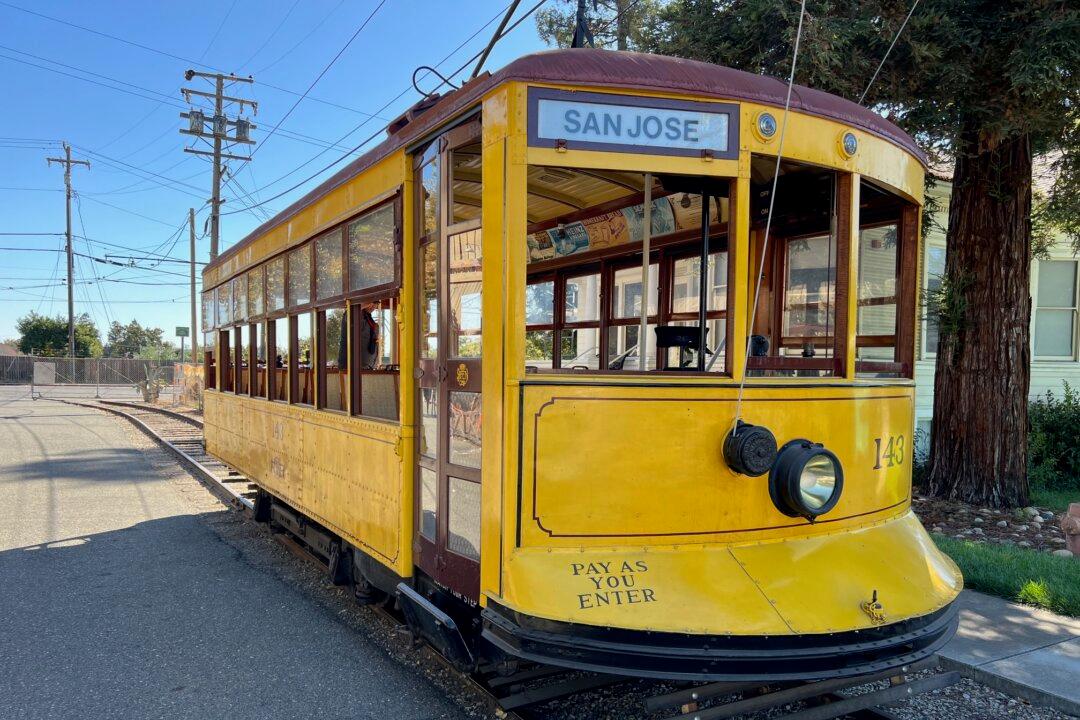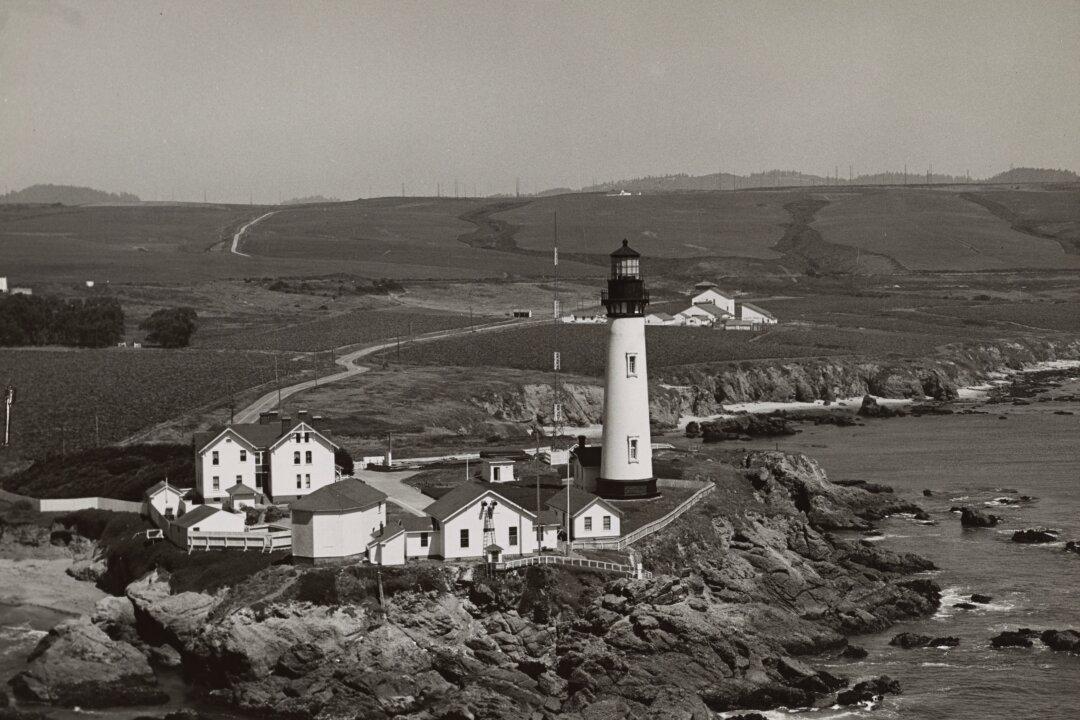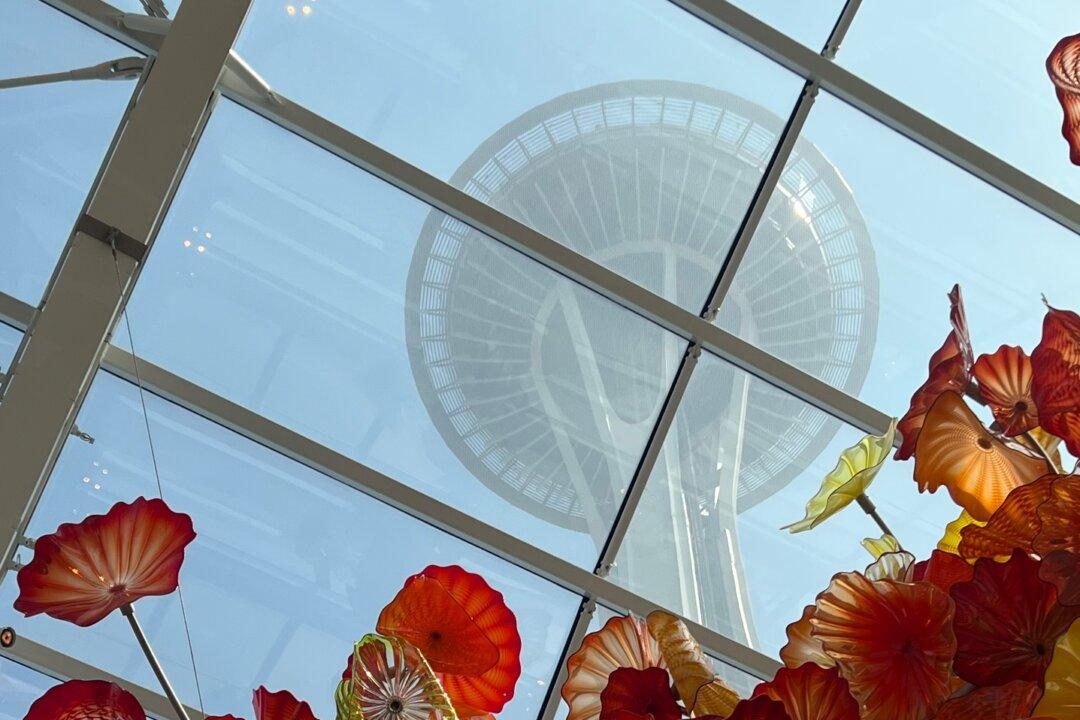On a sunny autumn day in Santa Cruz, California, my friend and I walked the paved path along West Cliff Drive. Our route lay between Natural Bridges State Park to the west and the Mark Abbott Memorial Lighthouse to the east. During our four-mile out-and-back walk, we viewed sandstone arches, beautiful beaches, and wintering monarch butterflies.
We parked for free on Delaware Avenue, located behind the monarch butterfly preserve of Natural Bridges State Park. Taking a path through the eucalyptus trees, we met a young man picking up trash. He wore a green vest and looked official. My friend thanked him, and he explained that he didn’t work for the city.
